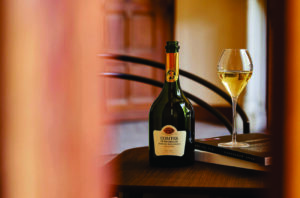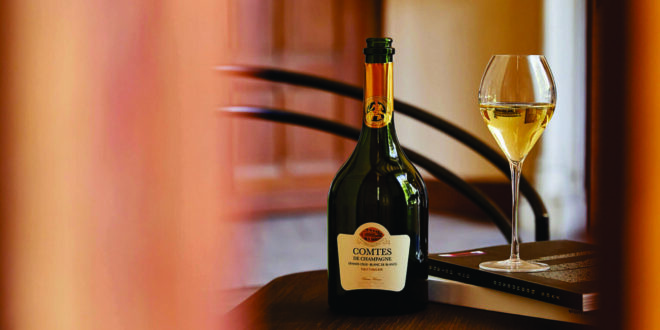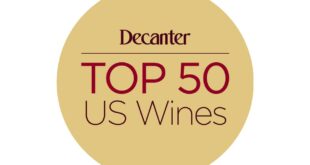 Opus One rounds up autumn campaign
Opus One rounds up autumn campaign
Opus One and Masseto were among the famous names launching their new vintages via La Place de Bordeaux in September.
Opus One 2021 was released at €250 a bottle on an ex-Bordeaux négociant basis and offered by international merchants at £3,000 (12x75cl in bond), said Liv-ex, a global marketplace for the trade. No Opus One 2020 was released, due to wildfires affecting that year’s harvest.
Masseto 2021 was released at €465 per bottle ex-négociant, flat on the 2020-vintage release price, said Liv-ex.
Consultancy group Wine Lister commented: ‘Coming onto the market below [the price of] all recent vintages, this is a well-judged release from Opus One in tricky market…
Source : https://www.decanter.com.master.public.keystone-prod-eks-euw1.futureplc.engineering/premium/wine-investment-top-champagnes-in-demand-541995/



